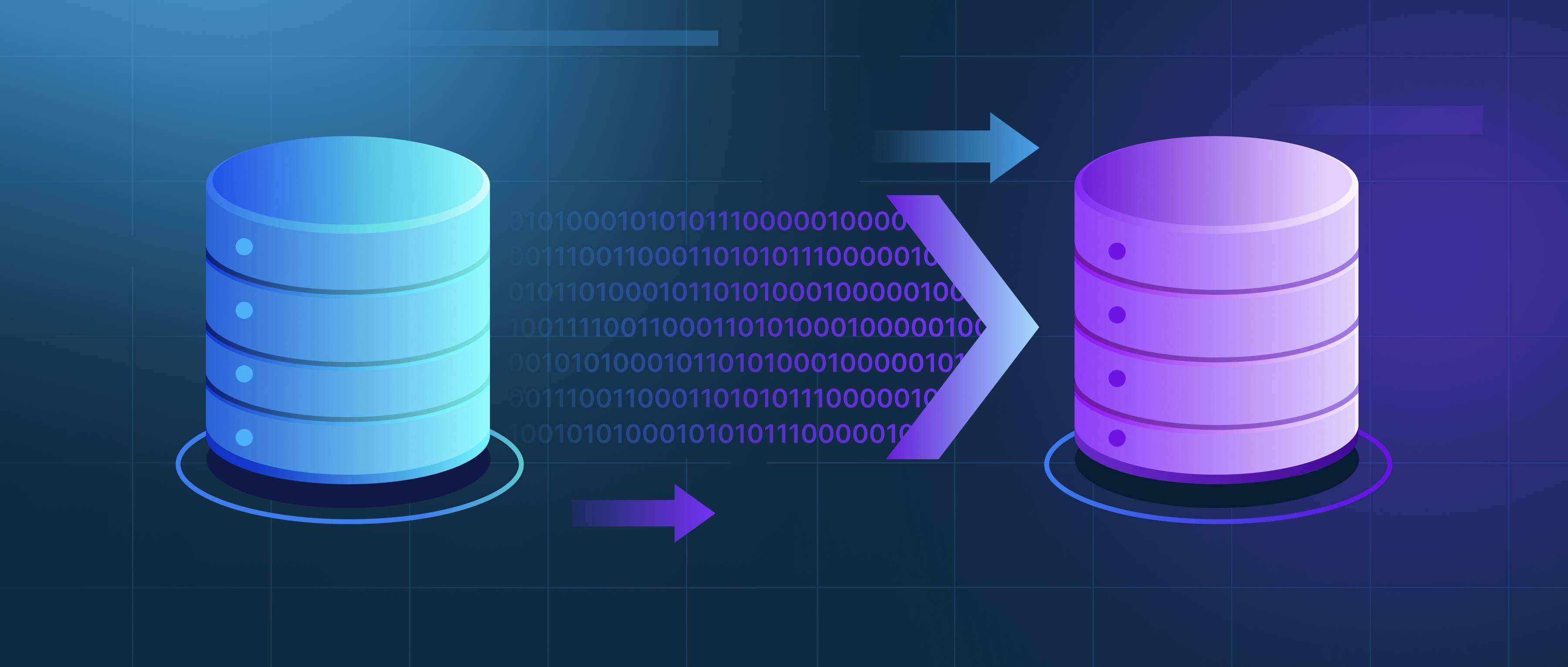DeepSeek's models can be integrated into existing systems using a combination of APIs, SDKs, and straightforward data pipelines. The first step for integration is to identify the specific model that meets your project's needs, such as text analysis, image recognition, or predictive analytics. Most DeepSeek models come with RESTful APIs that allow easy communication with your existing applications. This means you can make HTTP requests to send data to the model and receive results without needing to alter your core system architecture significantly.
For instance, if you're working on a web application that requires enhanced search capabilities, you can integrate DeepSeek's text analysis model through its API. You would send user queries to the API, process the response, and present the results in your application's user interface. This straightforward request-response model allows developers to reuse existing code for handling HTTP requests and responses, minimizing the effort involved. Similarly, if your system processes images, DeepSeek’s image recognition model can be called in the same manner, allowing for quick recognition tasks and enhancing your app's functionality without complex changes.
Data management is another crucial aspect of integration. You may need to format the input data correctly and handle the output according to your system's requirements. It’s essential to have a solid plan for error handling since API calls can fail or return unexpected results. Employing a basic logging solution can help track the interactions with the models, allowing for easier debugging and performance analysis. By using these methods, developers can leverage DeepSeek's capabilities effectively while keeping their existing systems stable and efficient.
